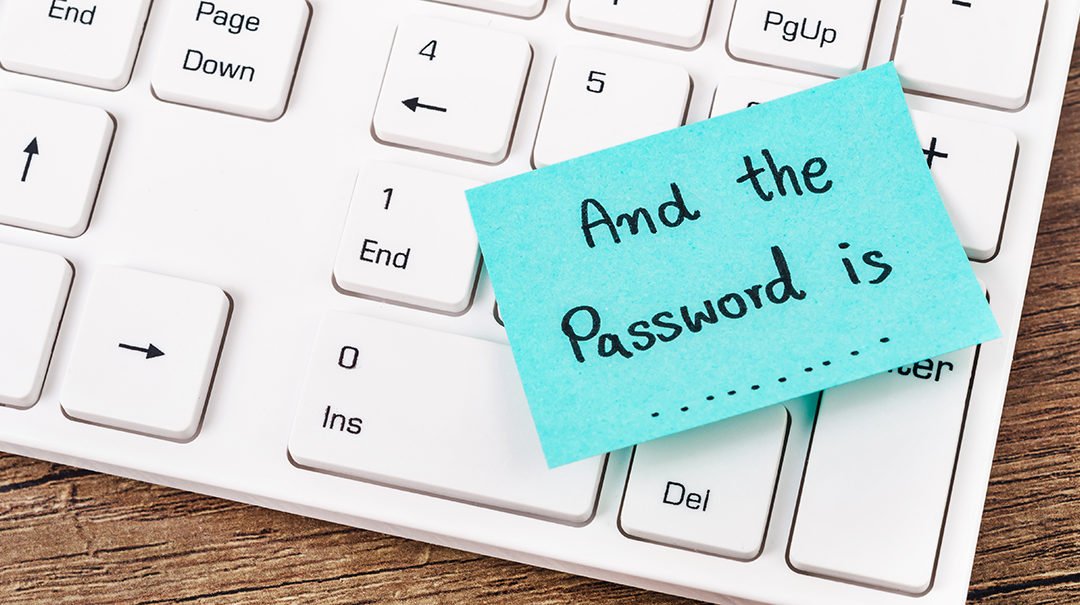While you check the lock on the front door each night before bed, make sure your car alarm is set as you walk away and keep your wallet in a safe place – are you taking the same thought and energy into cyber security? Your passwords are the lock and key to information such as your social security number, bank account information, personal family photos and much more. By allowing yourself to lean on lazy passwords such as your favorite sports team or your dog’s name, not to mention using that password for multiple accounts, you are opening yourself up to a major security breach. Great Plains Communications has three tips to keep in mind to secure your personal information through better password practices.
- Use a password manager.
We have a lot of passwords. It can be daunting to think of remembering at least 8 characters for 8 different accounts. Whatever you do, DON’T USE THE SAME PASSWORD. We are all guilty of committing a few password sins, but this has to be the worst of all. Your Facebook gets hacked and what do you think that person is going to do next? BINGO: check your bank account, credit card, etc. with that handy password they just gained access to. By using a password manager programs such as 1Password or LastPass, you can create strong and unique passwords for all of your accounts and lose the risk of forgetting them.
- Use a passphrase.
We have entered the era of passphrases vs. passwords. Instead of throwing some numbers and symbols on the end of the month your first child was born, turn to random phrases to stay secure. By using a phrase, you add length and randomization. But don’t just string together a sentence about your life or a pop culture reference. Be creative! For example: “Plug Tricky Stapler.”
- Add two-factor verification.
Unfortunately, sometimes a password or passphrase just isn’t enough. You may notice accounts on social networks, banks, and even Google offering an added layer of protection called two-factor verification. What this means is you will need to put in your password but also a one-time code that is sent to your phone or email, or through an app like Google Authenticator. What this can also do is notify you if someone else is attempting to enter a password into one of your accounts.

